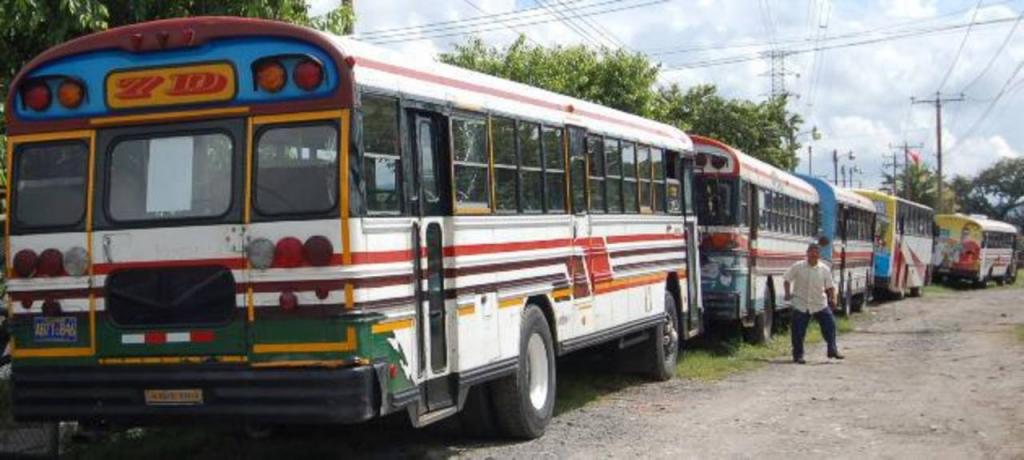Based on the law of the Russian Federation, a bus is a vehicle equipped with a motor, which is designed to transport citizens both in a sitting position and standing. In this case, the seats in the cabin must be at least nine, including the driver's seat. Such large vehicles are used to transport passengers along routes established by the customer with stops for boarding and boarding people. As a rule, the role of the customer is played by legal entities and individuals. There are several classifications of buses depending on their size, capacity and other parameters.
Types of Routes
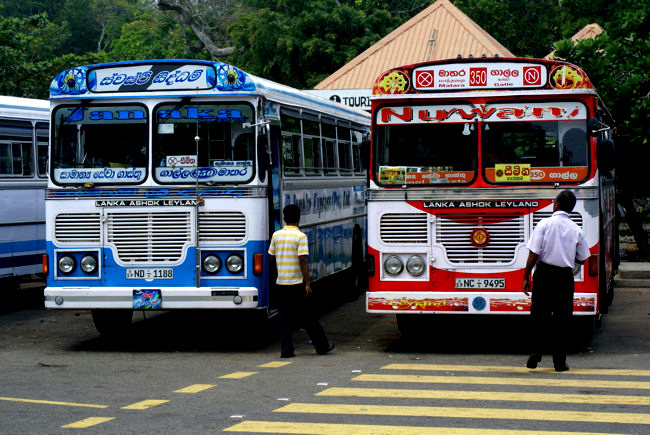
The classification of buses on a territorial basis is as follows:
- Passenger equipment making international trips outside the territory of Russia.
- Buses operating on urban routes. They do not travel outside the city.
- Passenger transport carrying people outside the city for short distances (suburban routes). As a rule, such bus routes move away no more than 50 km from the city limits.
- Long-distance buses between cities within the same country. As a rule, transportation is carried out by comfortable equipment. The routes are rather long - more than 50 km from the border of the departure city.
Types of passenger traffic
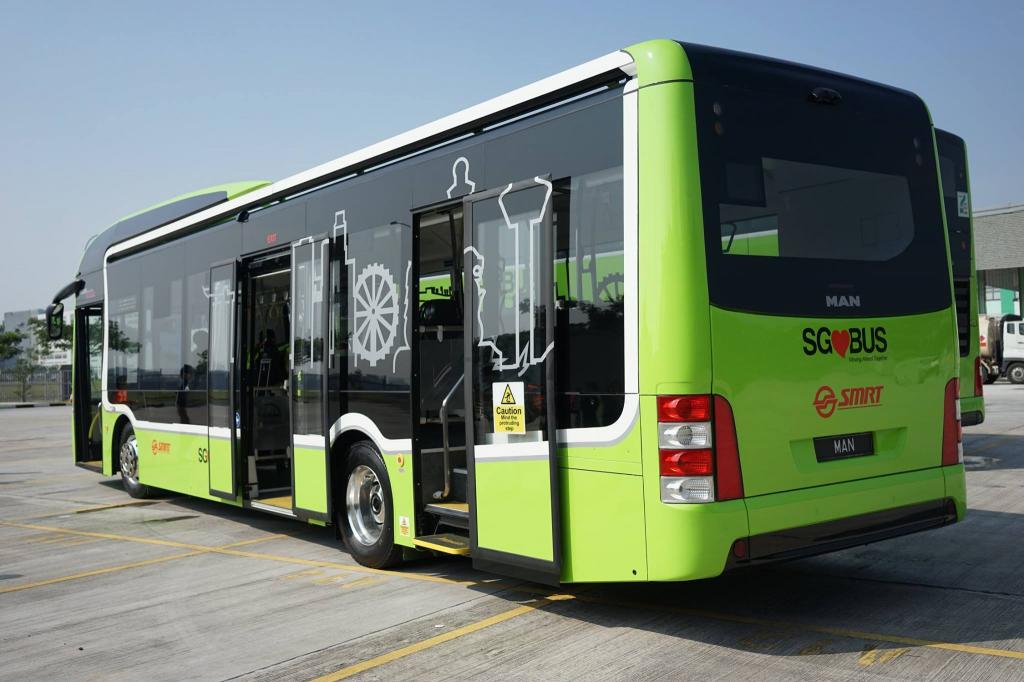
Classification of buses into classes depending on their purpose implies the division of passenger equipment into several groups:
- Group 1: special buses, for example, transporting children to schools and sanatoriums, taking shift workers to the place of work, delivering police to the place of riots, etc. Moreover, the equipment inside and outside the equipment for transporting people varies depending on their destination .
- 2nd group: tourist and excursion vehicles. Based on the name, the reader understands that such buses serve to transport tourists to hotels and places of interest. As a rule, they are equipped with soft wide chairs, a table, a dry closet and air conditioning.
- 3rd group: public buses. They serve to transport citizens along urban and suburban routes.
Vehicle Dimensions
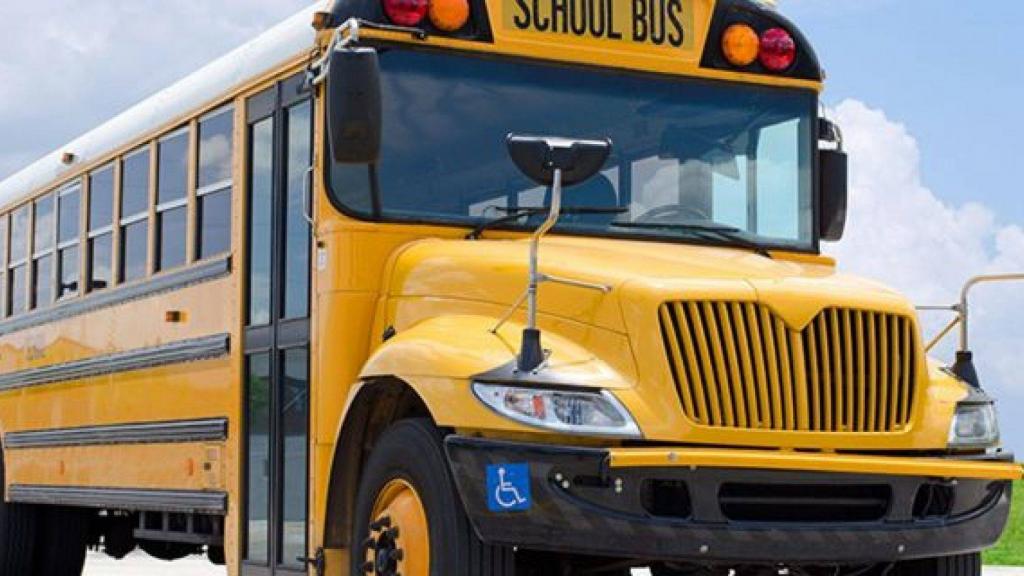
Depending on the capacity, the classification of buses is as follows:
- Vehicles of extra large capacity. Such buses are ready to transport from 50 to 80 people.
- Passenger transport of large capacity. Salon they are designed for 40-45 seats.
- Buses of medium capacity. The interior of this type of ground transport is equipped with seating in an amount of 30 to 35 pieces.
- Public transport of low capacity. The number of seats is from 20 to 25 pieces.
According to the classification of buses by passenger capacity, domestic vehicles of such brands as PAZ are classified as small buses. They are produced not only as standard. There are small buses of the Pavlovsk factory in a specialized version, they are designed to work in the harsh northern regions of our country. Such machines are equipped with the following functions:
- an additional layer of insulation of the passenger compartment and the driver's cab;
- glazing consisting of several glasses;
- additional heating stoves.
All this is necessary to maintain heat during trips to the far north.
There are also small buses for traveling in mountainous areas. The following additional elements are installed in them:
- special brakes equipped with a retarder;
- seat belts on all passenger seats;
- a recoil device that helps to keep the vehicle parked on a strong slope in the mountains.
In the southern regions of Russia, small buses are also actively used for passenger transportation. As a rule, large sunscreens and powerful air conditioners are installed on them.
Specialists consider buses of the domestic production of the LAZ plant to medium-capacity passenger vehicles. They are equipped with soft and comfortable seats in the cabin with the function of folding the backrest back.
According to the classification of buses by length, LAZ, Ikarus and LiAZ vehicles can be classified as large and extra large vehicles, depending on the modification.
Single and double decker vehicles
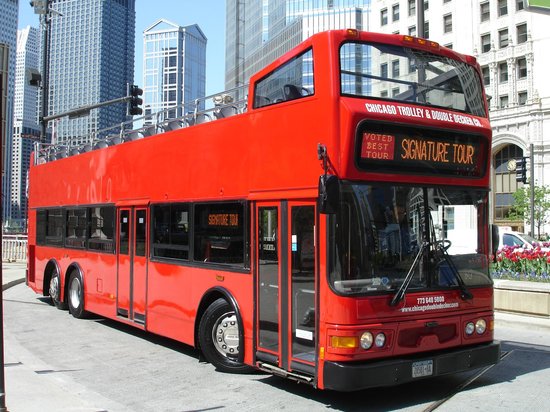
The classification of buses according to the body implies the division of this land vehicle into two-and one-story ones. One and a half-floor motor vehicles are also quite common. Their advantage lies in the high landing of passengers. The lower compartments are designed to accommodate baggage and bulky goods. It is not surprising that many travel agencies buy one and a half-story tour buses.
Double-decker buses on the second floor accommodate passengers; the first is used both to accommodate people there and to install toilets, a bar and luggage compartment there. Some branded vehicles even have bedrooms, games rooms and televisions.
Fuel for vehicles
There is a classification of buses, where the equipment is divided into groups depending on the fuel they consume. Today, most modern vehicle engines operate on three types of fuel:
- Natural gas (methane).
- Diesel fuel.
- Gasolines of various brands.
The most economical engines were recognized engines that consume diesel fuel and gas.
Recently, foreign and domestic factories are increasingly producing trucks and buses with electric motors. Instead of the usual gas tank, powerful batteries filled with electrolyte are installed on them. They are an environmentally friendly vehicle, but they can work within large cities, where there are modern electric stations for charging batteries.
World quality standards
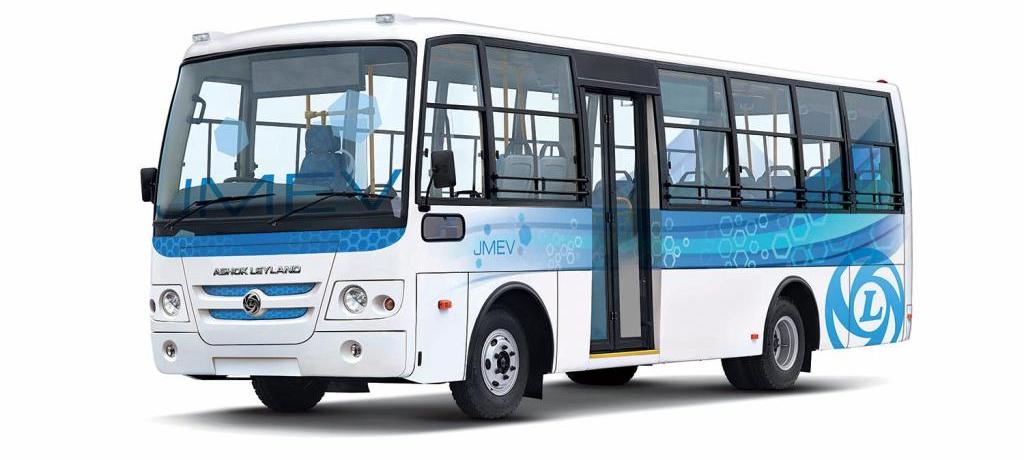
All over the world, buses serving for the transportation of tourists over long distances have increased demands on comfort. In the cabin must be:
- Air conditioning.
- Dry closet.
- TVs.
- Locker room.
- Kitchen.
In addition to all this, the salons are equipped with powerful lighting, coasters for glasses and food, comfortable reclining backs on soft passenger seats.
Assessment of buses by an international organization
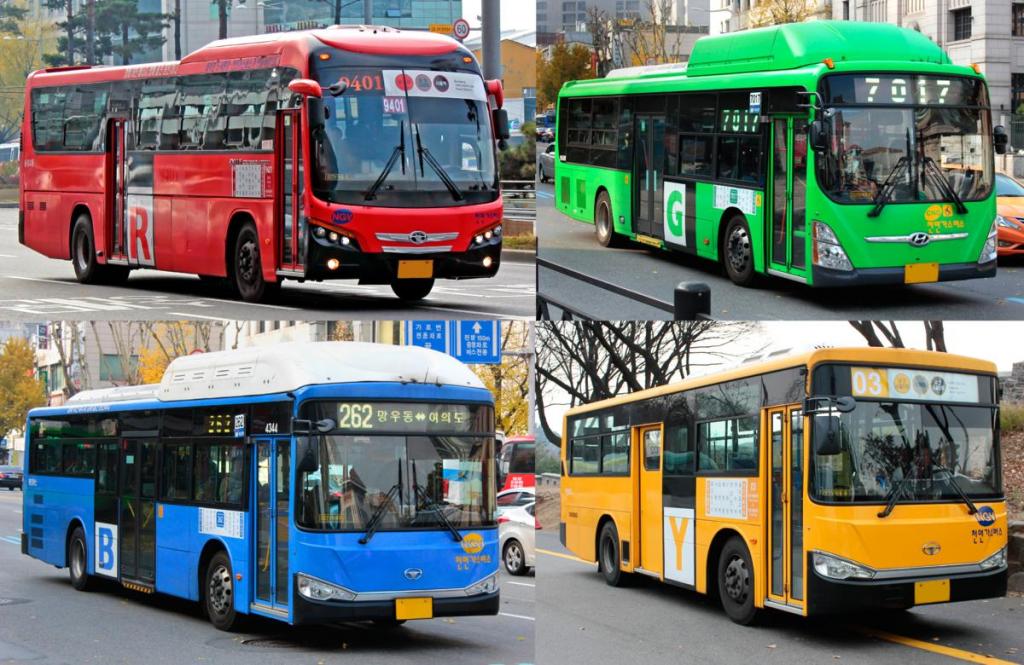
The International Road Transport Union regularly raises the requirements for tourist buses. This mainly concerns the safety of people inside the huge car, destination and comfort. The international classification of buses implies 5 categories of vehicles. Designate them by the number of stars.
The category “one star” includes buses for organizing city tours. Transport with two stars serves for international tourism. Buses to which the International Union of Motor Vehicles assigns from three to five stars have to travel long distances. Moreover, trips take from one to several days.
According to the classification of buses, the most rightfully considered that technique, which was awarded five stars. These are liners with a high level of comfort. There is a kitchen with a microwave, grill, dispenser for storing cold and hot drinks. The bus has video cameras that are installed around the entire perimeter of the cabin and outside.They allow the driver to carefully park the transport, as well as to ensure that all passengers boarded before embarking on a long journey.
